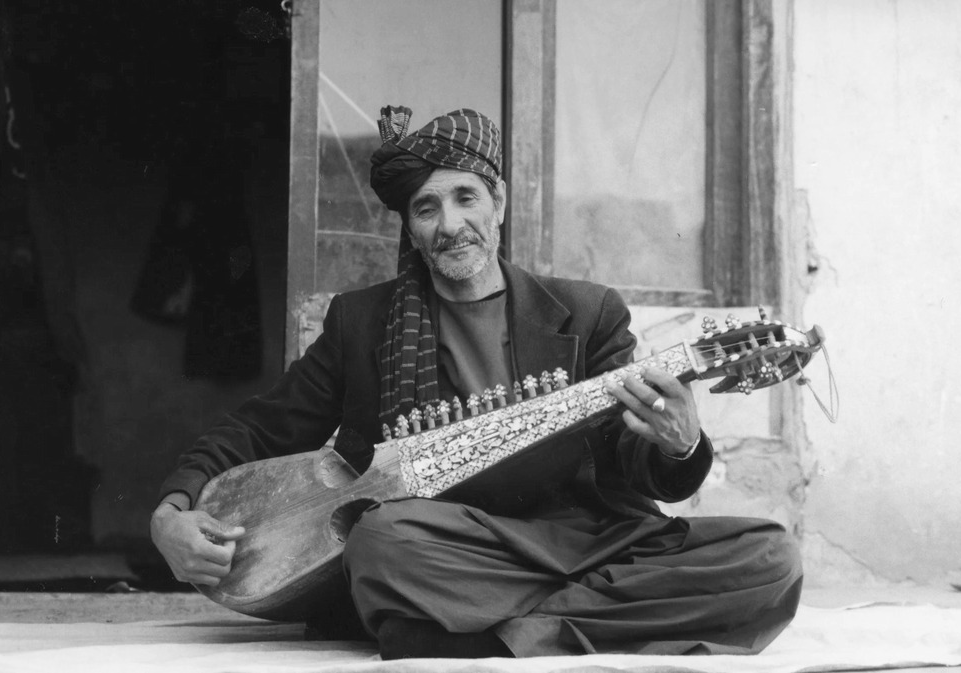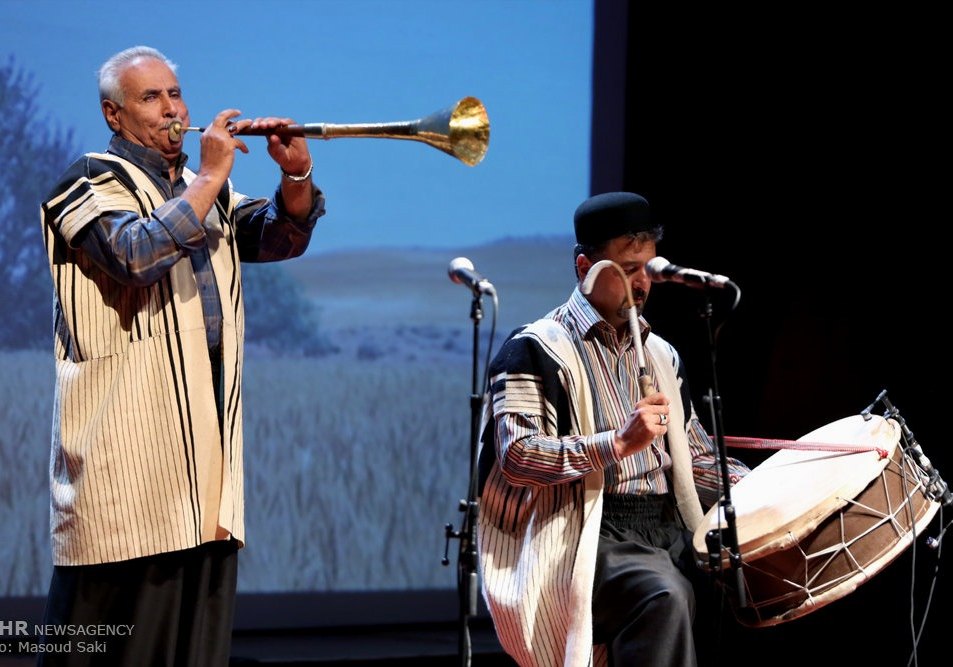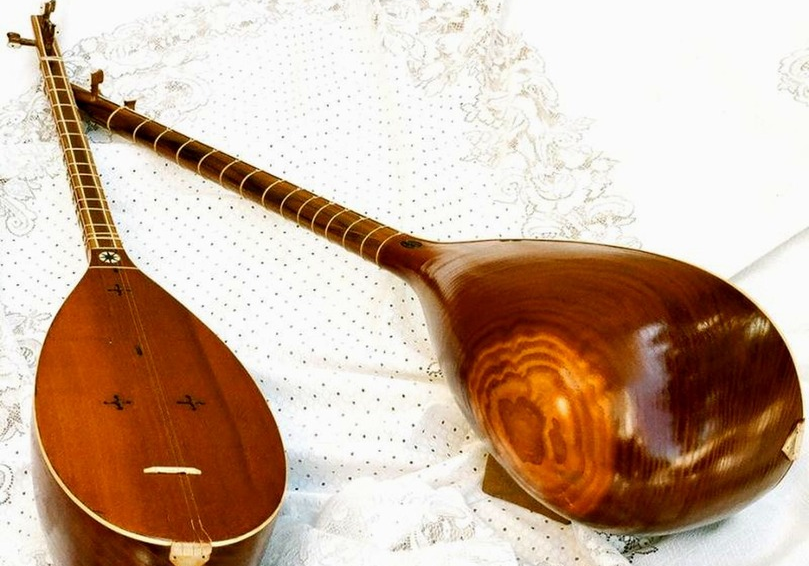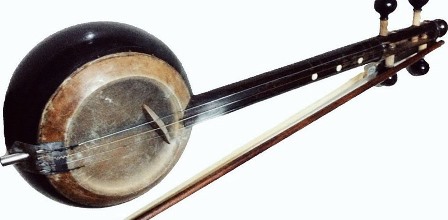
Barbat
Barbat
“Barbat” or “Barbud”, is a string instrument of Iranian origin, similar types of which are also used in the music of Arab countries and Türkiye. In fact, after the arrival of Islam in Iran, the Arab countries became familiar with this instrument and began to use it and it became so popular in Arab countries that some people thought that this instrument was of Arab origin. After being adopted by the Arabs, this instrument was renamed Oud (meaning wood) and some changes were made in its appearance.
History
Barbat is one of the oldest oriental instruments, which, contrary to many beliefs, is of Iranian origin and is even mentioned in the Shahnameh. The paintings left by the Elam civilization show that this ancient instrument originated in the south and southwest of Iran in the third millennium BC. There are also numerous dishes and inscriptions from the Sassanid era (3rd to 7th century AD) that depict musicians holding Barbat in their hands. The abundance of motifs left on inscriptions of that era shows that Barbat was used in most of the ceremonies and banquets of the royal court. Barbad, Nakissa, and Ramtin were the famous musicians of this instrument in the Sasanian era, who are even remembered today. Barbad had a high position in the court of Khosrow Parviz (7th century AD). Due to this position, Barbad had many effects on the music and culture of his time and his services to the Iranian music have made some experts consider him the founder of Iranian music. No works of Barbad are available today, but his widespread fame in Iran, Afghanistan, and Tajikistan and the fact that he is still remembered can be assumed as a sign of the greatness of his personality and services.
After the collapse of the Sassanid dynasty and the advent of Islam in Iran, the status of Barbat in Iran began to decline, but it was noticed throughout the Islamic territory and it even found its way to Andalusia (today’s Spain). During the Qajar era (19th century AD), when a new trend emerged in Iranian music, Barbat was almost completely abandoned due to its low volume.
In the course of the past one century, people like Hassan Manouchehri, Mansour Nariman, and Abdulwahab Shahidi spent a lot of effort to revive Barbat and were able to return this instrument to its rightful place. Ebrahim Qanbari Mehr is one of the most important names among the masters of making Barbat who began to make this instrument again after conducting a lot of studies about it.
Features of Barbat
In terms of appearance, Babat has a longer neck than the Arabic oud, and for this reason, a variety of tunes and musical notes can be played by it. The bowl and mouth of Barbat are smaller than the usual ouds, and its playing style is special. The difference in appearance between Barbat and oud makes the sound produced by these instruments different, although the sound and even the appearance of both may seem to be the same for common people.
In terms of appearance, Barbat is more compatible with Iranian instruments, and the musician can easily hold it and play it with proper mastery. In contrast, the similar musical instruments used in Iran’s neighboring countries, have larger and flatter bowls. The size of these instruments is sometimes so large that the musician’s body is hidden behind it.
Barbat was inscribed on the list of Iran’s national intangible heritage - as an ancient Iranian instrument - in the year 2015 and the art of making it was inscribed on this list in 2017 AD.
“Barbat” or “Barbud”, is a string instrument of Iranian origin, similar types of which are also used in the music of Arab countries and Türkiye.
| Name | Barbat |
| Country | Iran |
| Type | String |
| Works | Traditional music |
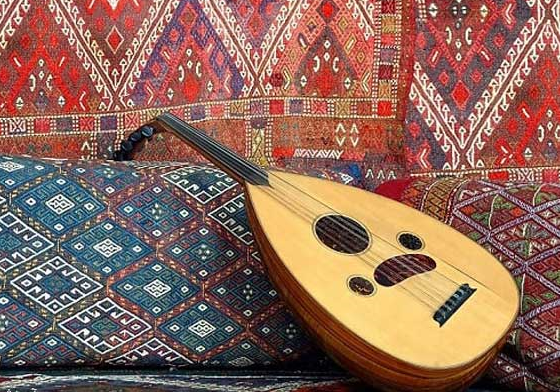

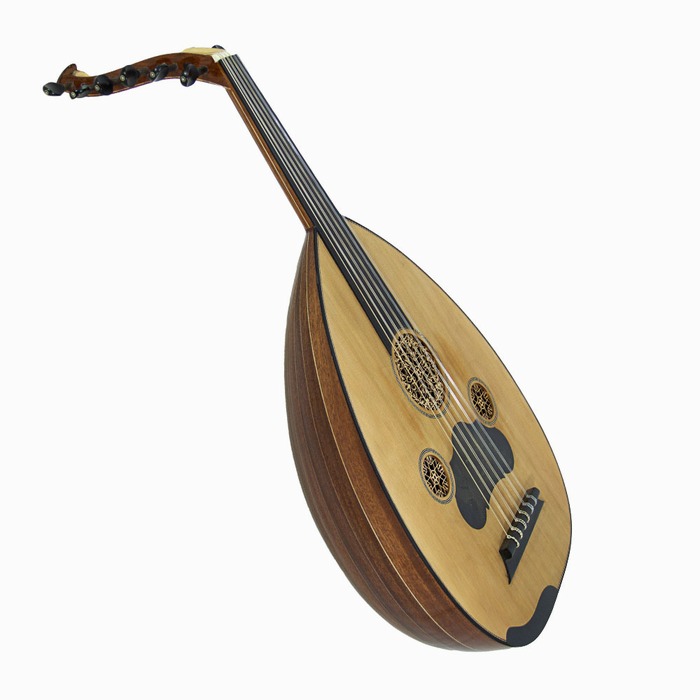





Choose blindless
Red blindless Green blindless Blue blindless Red hard to see Green hard to see Blue hard to see Monochrome Special MonochromeFont size change:
Change word spacing:
Change line height:
Change mouse type:


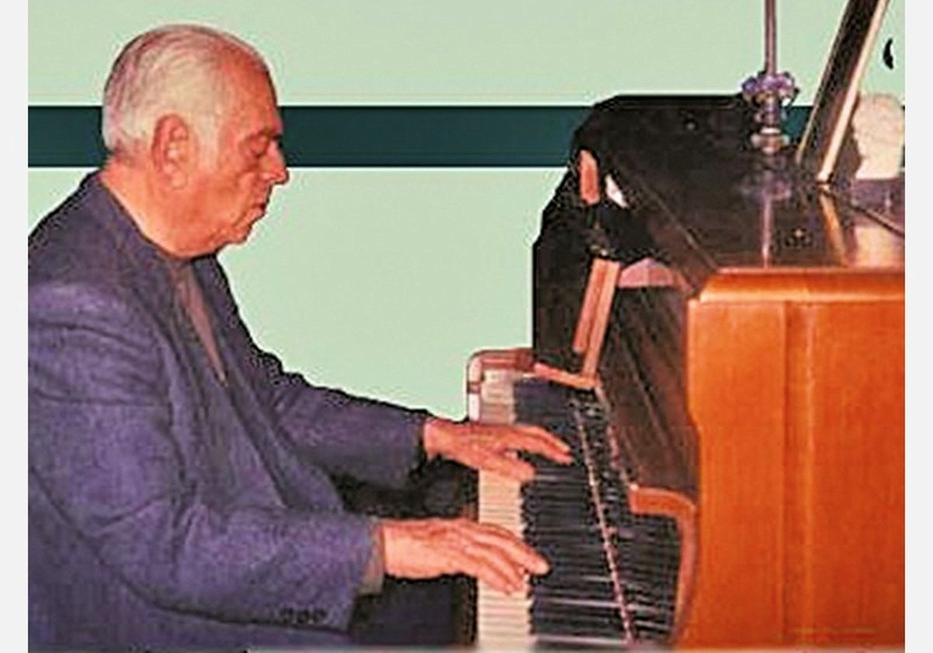


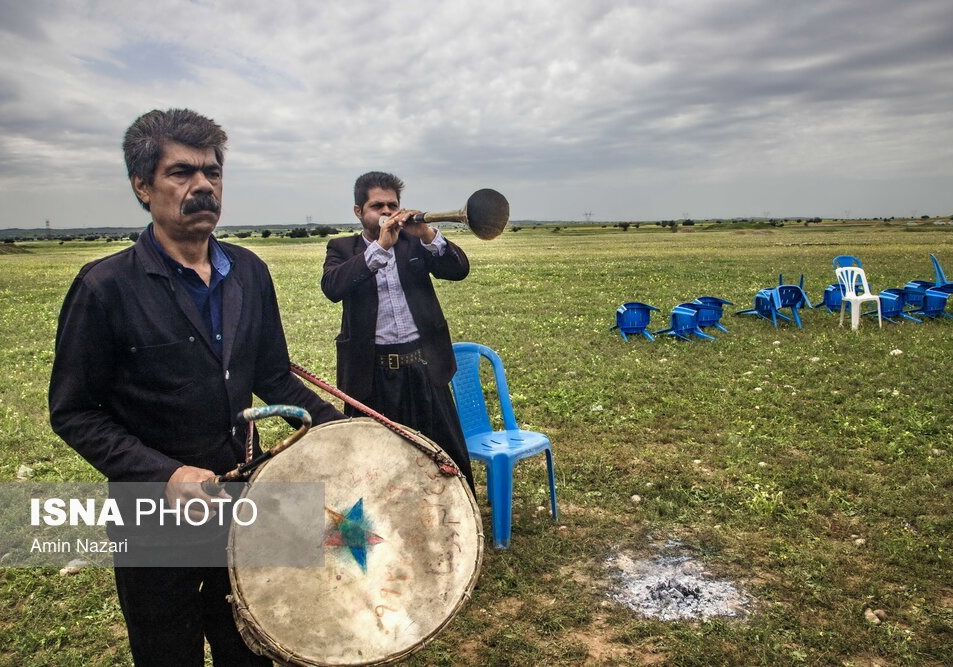

.jpg)
